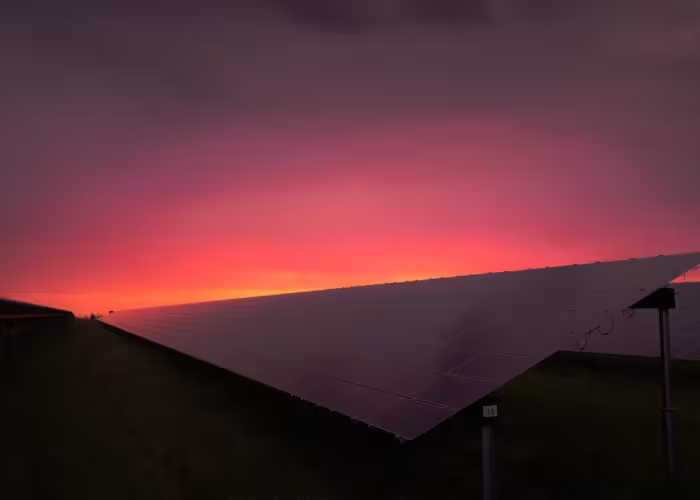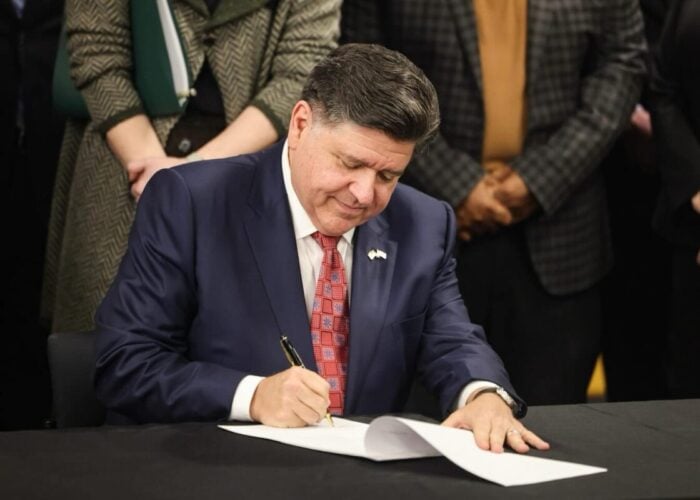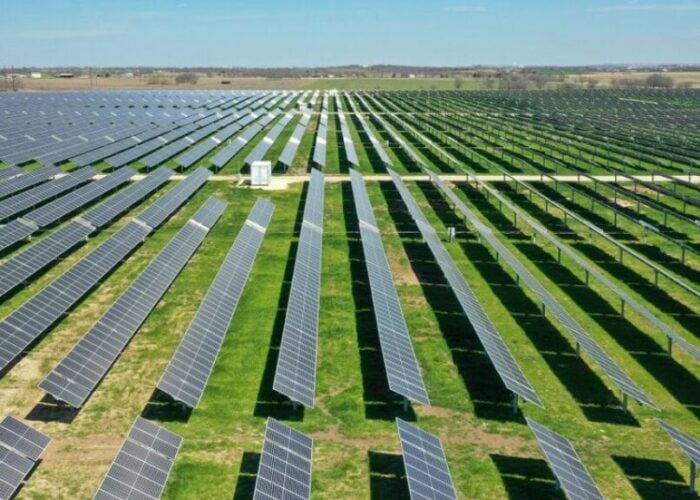Getting on for a year on from Brussels and Beijing reaching a compromised solution for the supply of Chinese solar PV components to Europe, it is a valid question to ask now: how has this panned out?
First, we should recall some of the goals of those that brought the case, and from the European Commission that brokered the final deal:
Try Premium for just $1
- Full premium access for the first month at only $1
- Converts to an annual rate after 30 days unless cancelled
- Cancel anytime during the trial period
Premium Benefits
- Expert industry analysis and interviews
- Digital access to PV Tech Power journal
- Exclusive event discounts
Or get the full Premium subscription right away
Or continue reading this article for free
- Chinese supply was to be capped (in gigawatt terms) coming into Europe, based on a percentage of expected annual demand.
- A floor pricing was to be established, in particular for c-Si modules from China.
- European solar PV manufacturers would subsequently have the scope to sell at higher ASPs than this floor pricing, allowing them to be competitive again and see higher margins by virtue of (European-perceived) quality.
So how has this worked? Well, for the first two bullets above, the answer is yes. But for the third one, it is far from clear. Let’s look then in more detail at the post Brussels/Beijing reality.
Leading Chinese tier one c-Si module suppliers now have an accepted pricing level that is higher than they may have had before and is fixed. Downstream buyers of the modules no longer have any scope for heavy handed price haggling. Visibility for the Chinese suppliers is good. So long as the project economics stack up in the key European markets at the module floor price, then the door is open for Chinese module supply.
But it is not what the Chinese suppliers are doing now (with most sticking rigidly to the new legal framework of supply to Europe). It is what had happened to the rest of the PV suppliers – the European (and non-European) makers – that puts an altogether different slant on the post trade deal landscape.
Apart from a very small subset of solar PV module suppliers to Europe (mainly the premium brand suppliers), other module suppliers are having to price below the Chinese floor price in order to get any business: the total opposite of the original goal of all the lobbying and political settlements!
Why? Well, one of the things that the EC failed to grasp was that money is king with those that finance solar PV projects. Only modules that are bankable – and meet the due diligence processes of investors and insurance companies – can be used for large projects. And here, the list is dominated by Chinese module suppliers that have global multi-gigawatt supply potential and are deemed low-risk with good quality.
Either you are on the list of approved modules suppliers, or you are not. And the harsh reality is that the Chinese market leaders feature prominently on almost all of these bankable lists in Europe.
Politicians (and PV manufacturers that fail to meet the due diligence processes) can’t change these lists. If that means buying Chinese modules at the floor price level, then so be it. And the rest are left to undercut the floor pricing in order to get business often on small rooftops or in the residential markets.
But the questions don’t end there. When the EC did its in-house investigation process (that eventually led to a verdict of guilty on the count of dumping against Chinese suppliers), a key consideration (identical to the US ITC case in 2012) was to estimate manufacturing costs outside Europe. If ASPs are deemed to be less than estimated manufacturing costs (or indeed global averages), then a guilty verdict is fairly easy to justify. (The legality of subsidies is different; dumping is based on ASPs in the marketplace.)
But is there anyone who would argue that – whatever the exact figures were – manufacturing costs in China are not the lowest in the world? Or at least, that European c-Si manufacturers must have higher manufacturing costs than the Chinese, not least because they have smaller (and often older) capacity, higher labour costs and typically play in one part of the c-Si value chain?
So, if non-Chinese suppliers to the European market are having to sell at below the Chinese floor pricing level, are these suppliers not dumping by an even greater margin than the EC concluded the Chinese suppliers were, prior to the floor price coming into effect?
For now, this remains the biggest unanswered question in the whole post EU anti-dumping exercise. Will the EC decide to investigate non-Chinese suppliers (or even some of the European suppliers) selling below the Chinese floor pricing level? And how will these manufacturers justify these pricing levels when their manufacturing costs are certainly well above the Chinese grouping?
Fortunately for the EC, module pricing is somewhat flat in the global PV industry: so, the floor price level probably does not need to be revised now. And the European market size is fairly static in terms of annual demand in 2014. So the boundary conditions for 2014 don’t really need to be adjusted this year. Therefore, so long as everyone is happy with the status quo on pricing deals, there is unlikely to be any appetite to introduce any new uncertainty and policy makers may indeed take this as a stamp of approval on their original deliberations.
However, ASPs aside, once the case runs its course, there will certainly be questions asked about what it has done in order to restore competitiveness for European PV manufacturers selling into their domestic markets, or whether it has unintentionally created the very pricing environment it was meant to avoid in the first place.





